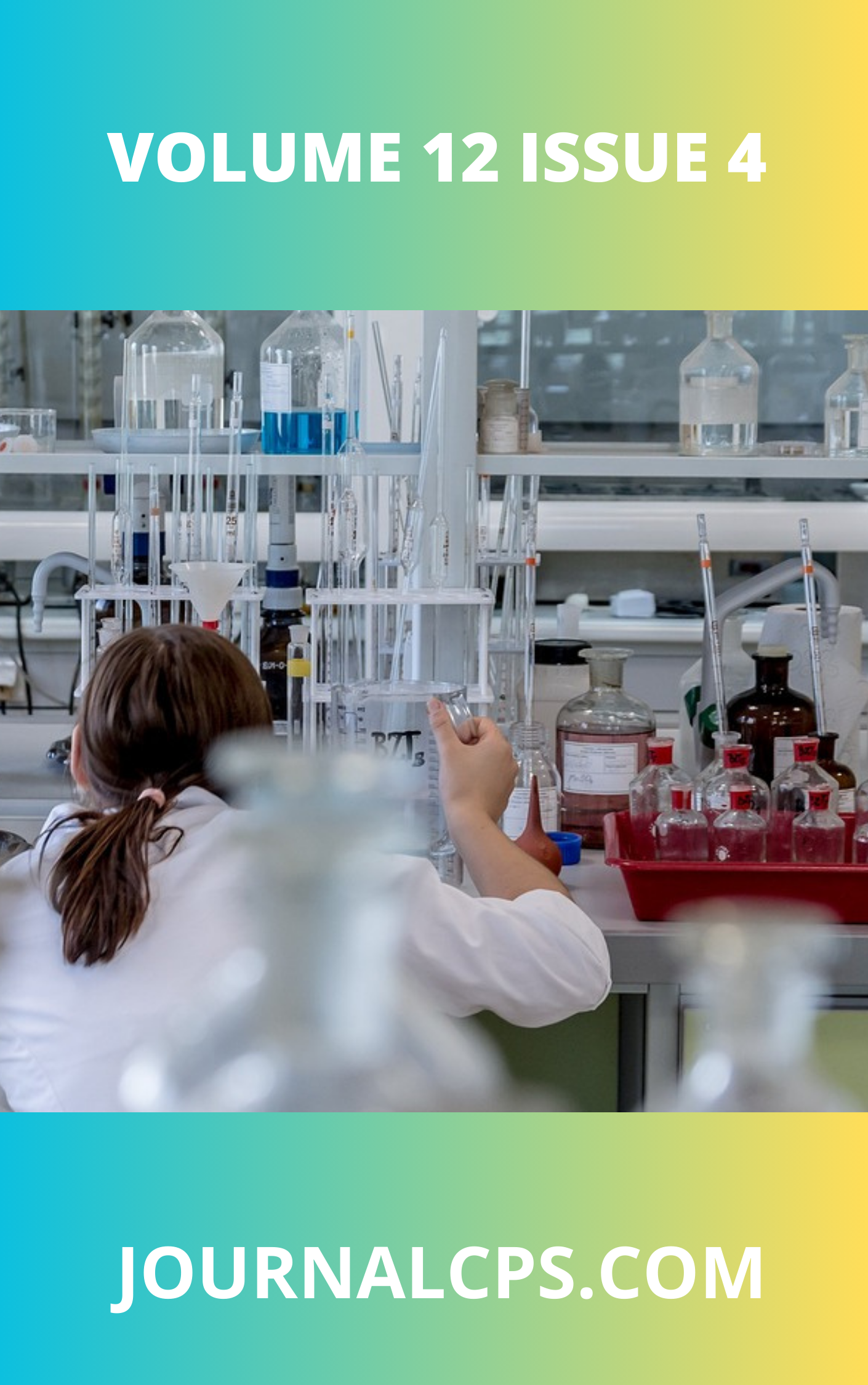Computational Modeling and validation of Indoor Radon Gas Dynamics and Accumulation Using Ansys Fluent Simulation
Keywords:
Computational modelling, Indoor Radon gas, Gas dynamic, Ansys fluent simulationAbstract
Radon is a naturally occurring radioactive gas that poses significant health risks when accumulated in indoor environments. Understanding its transport and accumulation dynamics is crucial for effective mitigation strategies. This study aims to model radon gas transport using the Navier-Stokes equation and computational fluid dynamics (CFD) simulations, validated with experimental data from residential buildings in Adamawa, Gombe, and Yobe States, Nigeria. The research investigates the effects of architectural parameters such as room height, foundation thickness, ventilation rate, and humidity on indoor radon levels. Ansys Fluent 2025 R1 was employed to develop a 3D numerical model incorporating key boundary conditions, air exchange rates, and radon entry dynamics. Experimental validation was conducted using Solid State Nuclear Track Detectors (SSNTDs) deployed over six months. Results showed that measured radon concentrations ranged from 193.31 Bq/m³ to 73.19 Bq/m³, while simulated values ranged from 187.30 Bq/m³ to 67.86 Bq/m³, with relative deviations of 3.11%, 5.20%, and 7.28% for different locations. Increasing foundation thickness from 2 cm to 10 cm reduced radon concentration from 210 Bq/m³ to 80 Bq/m³, while raising room height from 2.5 m to 4.0 m decreased radon levels from 200 Bq/m³ to 60 Bq/m³. Sensitivity analysis demonstrated that improved ventilation significantly lowered radon accumulation, whereas poor air exchange led to increased buildup. The study introduces an innovative application of CFD modeling for optimizing indoor architectural designs to mitigate radon exposure. Statistical validation using root mean square error (RMSE) and correlation coefficient (R²) confirmed a strong agreement between experimental and simulated data. The findings emphasize the importance of incorporating adequate ventilation, increased foundation thickness, and higher room ceilings in building designs to minimize radon-related health risks. It is recommended that building regulations and construction practices integrate these strategies to enhance indoor air quality and protect public health.
Downloads
Published
Issue
Section
Similar Articles
- Humphrey Sam Samuel , Emmanuel Edet Etim, John Paul Shinggu, Bulus Bako, Machine Learning in Thermochemistry: Unleashing Predictive Modelling for Enhanced Understanding of Chemical Systems , Communication In Physical Sciences: Vol. 11 No. 1 (2024): VOLUME 11 ISSUE 1
- Amaku James Friday, Victor Okezie Ikpeazu, Ifeanyi Otuokere, Kalu K. Igwe, Targeting Glycogen Synthase Kinase-3 (Gsk3β) With Naturally Occurring Phytochemicals (Quercetin and its Modelled Analogue): A Pharmacophore Modelling and Molecular Docking Approach , Communication In Physical Sciences: Vol. 5 No. 4 (2020): VOLUME 5 ISSUE 4
- Idayat Abubakar Salau, Aminu Suleiman Mohammed, Hussaini Garba Dikko, Type I Half-Logistic Exponentiated Kumaraswamy Distribution With Applications , Communication In Physical Sciences: Vol. 12 No. 2 (2025): VOLUME 12 ISSUE 2
- Rakiya Haruna, M. A Saleh, S. Hashim, Radon in soil gas of Johor, Malaysia , Communication In Physical Sciences: Vol. 7 No. 4 (2021): VOLUME 7 ISSUE 4
- Olaleye Ibiyeye, Joy Nnenna Okolo, Samuel Adetayo Adeniji, A Comprehensive Evaluation of AI-Driven Data Science Models in Cybersecurity: Covering Intrusion Detection, Threat Analysis, Intelligent Automation, and Adaptive Decision-Making Systems , Communication In Physical Sciences: Vol. 8 No. 4 (2022): VOLUME 8 ISSUE 4
- Humphrey Sam Samuel, Ugo Nweke-Maraizu, Gani Johnson, Emmaneul Etim Etim, A Review of Theoretical Techniques in Corrosion Inhibition Studies , Communication In Physical Sciences: Vol. 9 No. 4 (2023): VOLUME 9 ISSUE 4
- Abdulmuahymin Abiola Sanusi, Sani Ibrahim Doguwa, Abubakar Yahaya, Yakubu Mamman Baraya, Topp Leone Exponential – Generalized Inverted Exponential Distribution Properties and Application , Communication In Physical Sciences: Vol. 8 No. 4 (2022): VOLUME 8 ISSUE 4
- Eli Innocent Cleopas, Abanum Godspower Chukwunedum, Computational Modelling of Dynamical System and the Type of Stability , Communication In Physical Sciences: Vol. 9 No. 3 (2023): VOLUME 9 ISSUE 3
- Maxwell O. Akpu, Nnanna A. Lebe, Nwamaka I. Akpu, Lattice Instability in metallic elements: A Review , Communication In Physical Sciences: Vol. 12 No. 2 (2025): VOLUME 12 ISSUE 2
- Kelechi K. Ochommadu, Nwamaka I. Akpu, Okhuomaruyi D. Osahon, Comparative Evaluation of Bone and Some Materials Used as Bone Tissue Substitutes in Radiotherapy and Radiological Applications , Communication In Physical Sciences: Vol. 12 No. 3 (2025): VOLUME 12 ISSUE 3
You may also start an advanced similarity search for this article.




